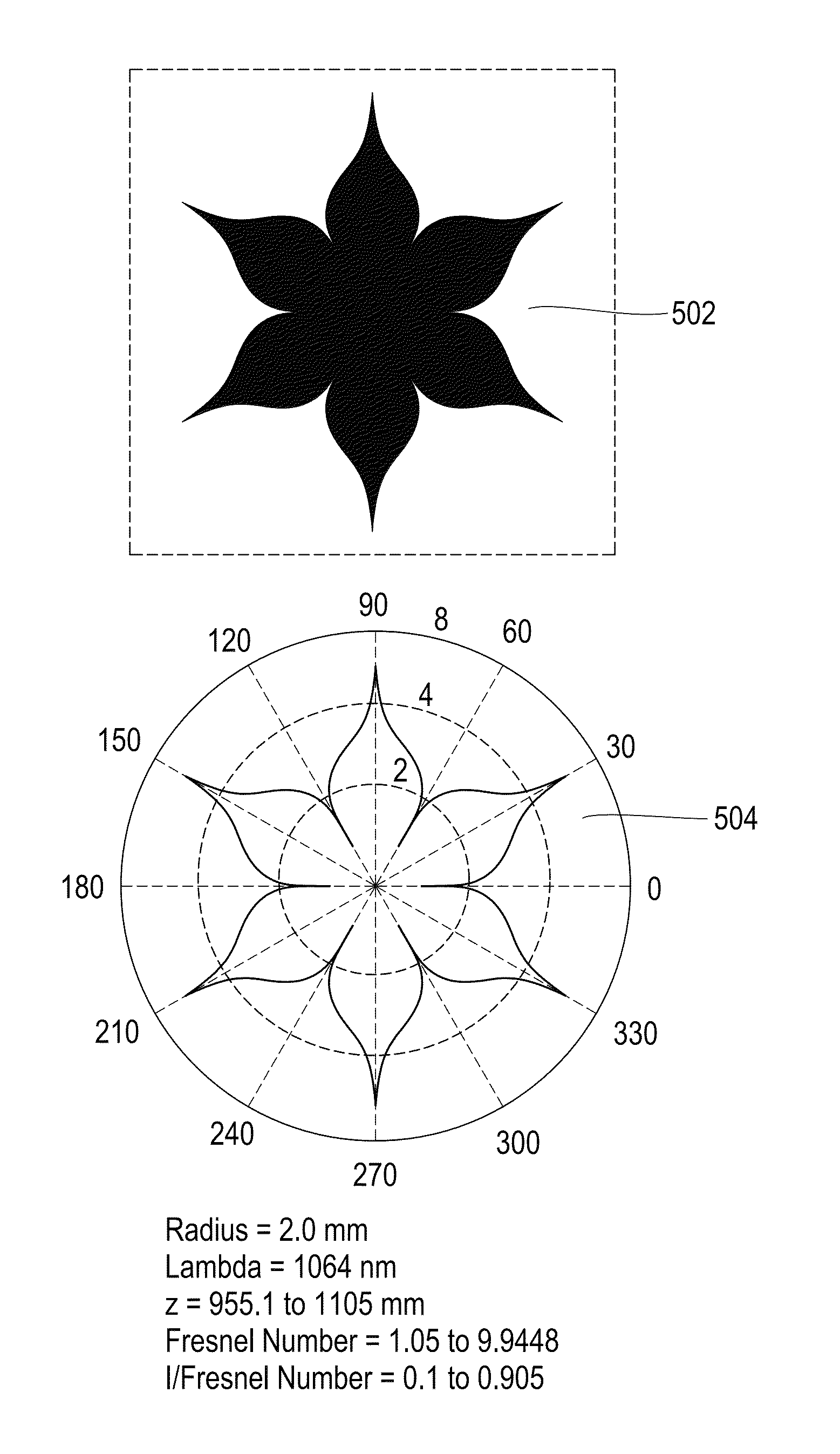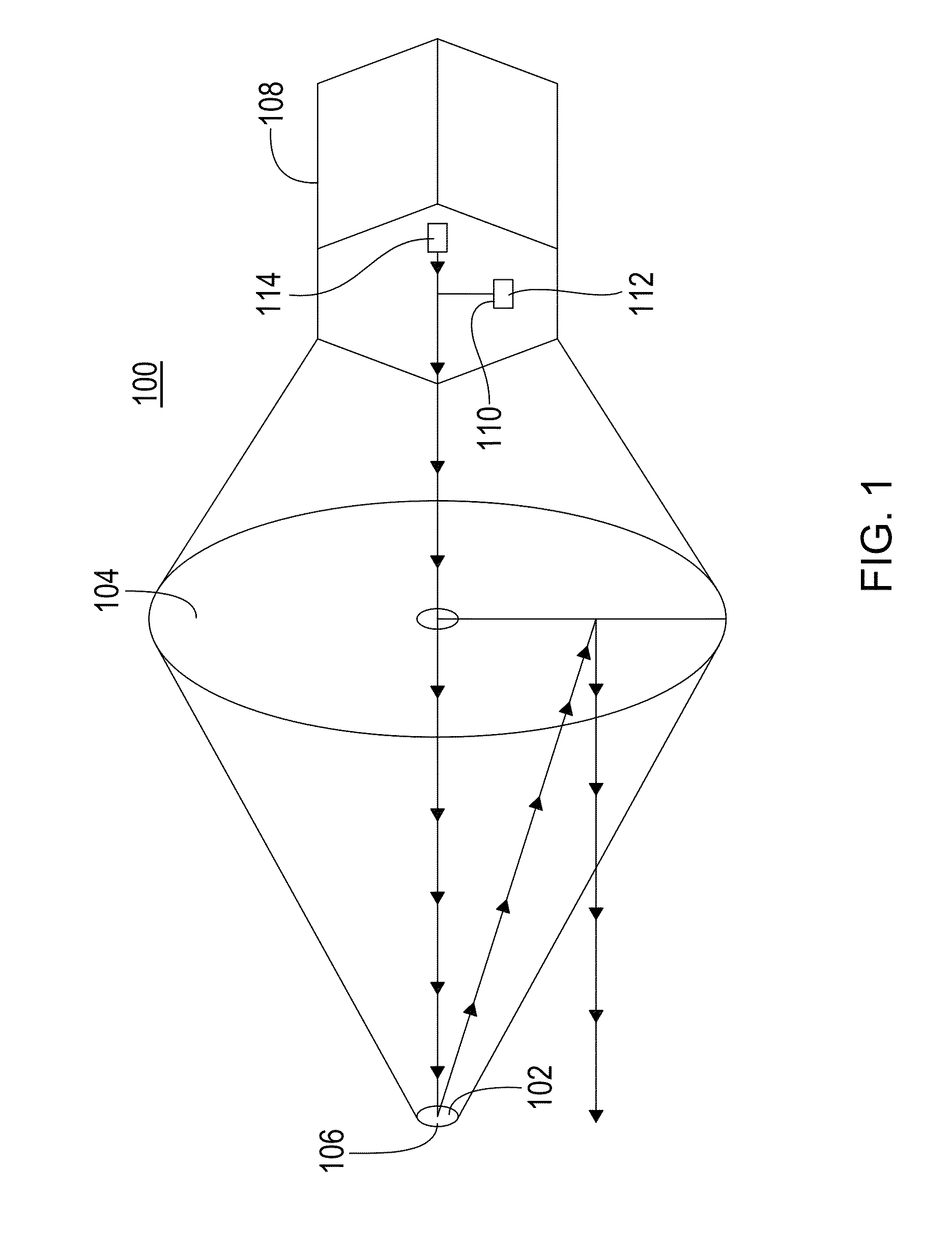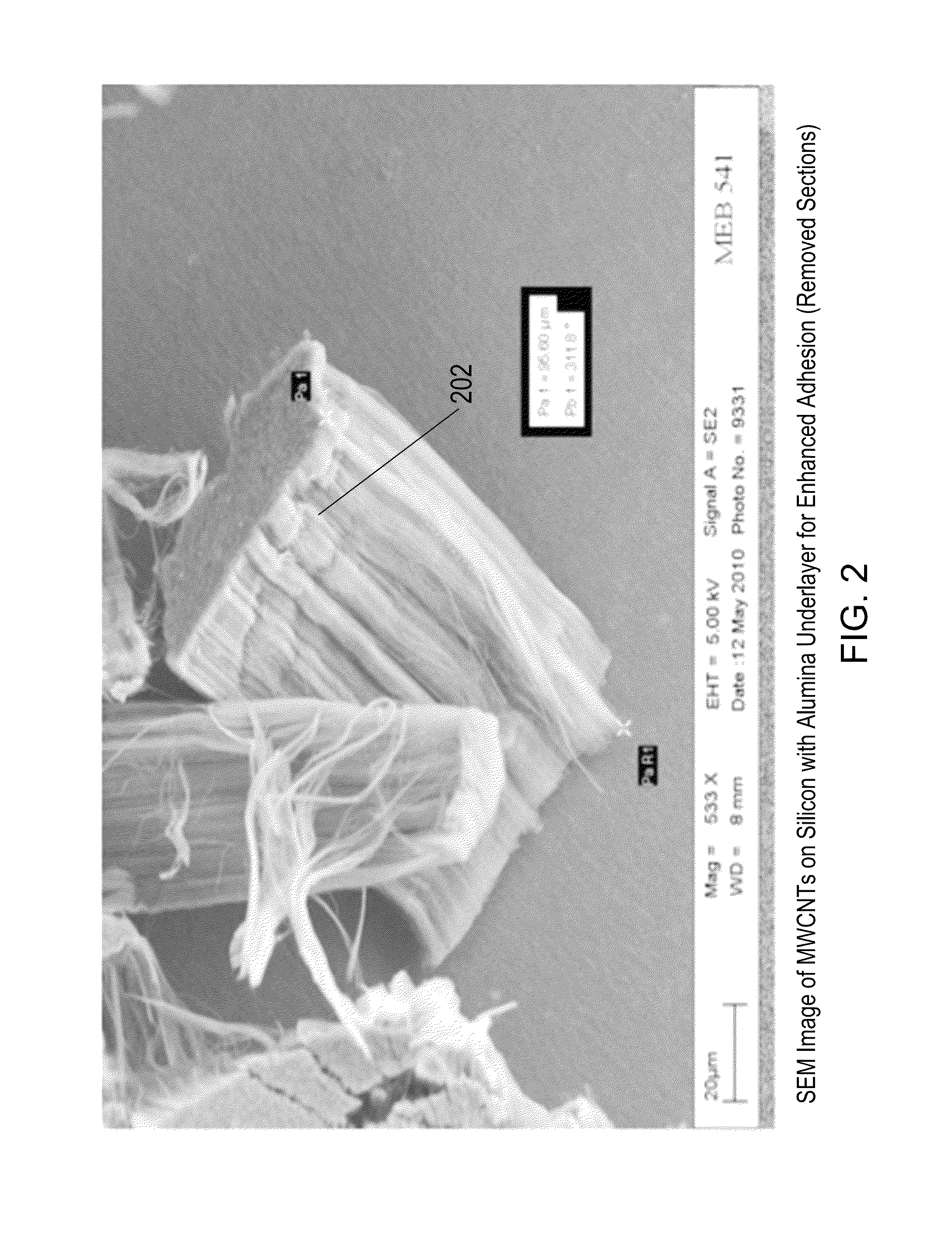System and method for nanostructure apodization mask for transmitter signal suppression in a duplex telescope
a transmitter signal and nanostructure technology, applied in the field of system and method of nanostructure apodization mask for transmitter signal suppression in a duplex telescope, can solve the problems of increasing interference at the receiver, requiring approximatively one week, and introducing several problems
- Summary
- Abstract
- Description
- Claims
- Application Information
AI Technical Summary
Benefits of technology
Problems solved by technology
Method used
Image
Examples
Embodiment Construction
[0037]A. Background Science of the Invention
[0038]The following is written for illustration pursuant to 35 USC §112 for disclosing the best mode currently contemplated by the inventors. While specific implementations are discussed, it should be understood that this is done for illustration purposes only. A person skilled in the relevant art will recognize that other components and configurations may be used without parting from the spirit and scope of the disclosure.
[0039]1. Multiwalled Carbon Nanotubes as Light-Absorptive Material
[0040]Carbon nanotubes (CNTs) are allotropes of carbon with a cylindrical structure. In order to achieve strong light absorptive properties over a large portion of the electromagnetic spectrum, a preferred embodiment of CNTs is in the form of multiwalled carbon nanotubes (MWCNTs), whose geometry consists of multiple CNTs wrapped around each other. MWCNTs are good absorbers of light, including light striking at grazing angles, when compared to conventional ...
PUM
 Login to View More
Login to View More Abstract
Description
Claims
Application Information
 Login to View More
Login to View More - R&D
- Intellectual Property
- Life Sciences
- Materials
- Tech Scout
- Unparalleled Data Quality
- Higher Quality Content
- 60% Fewer Hallucinations
Browse by: Latest US Patents, China's latest patents, Technical Efficacy Thesaurus, Application Domain, Technology Topic, Popular Technical Reports.
© 2025 PatSnap. All rights reserved.Legal|Privacy policy|Modern Slavery Act Transparency Statement|Sitemap|About US| Contact US: help@patsnap.com



